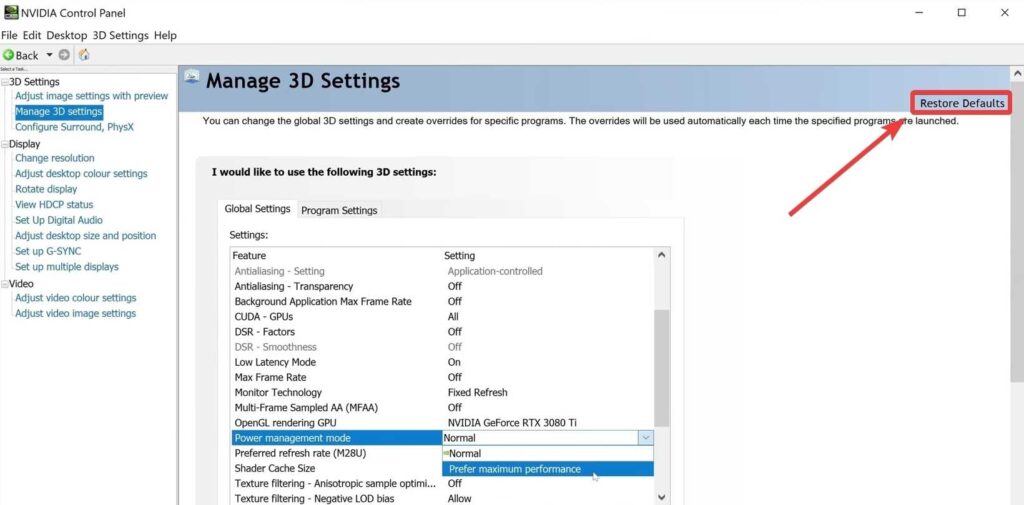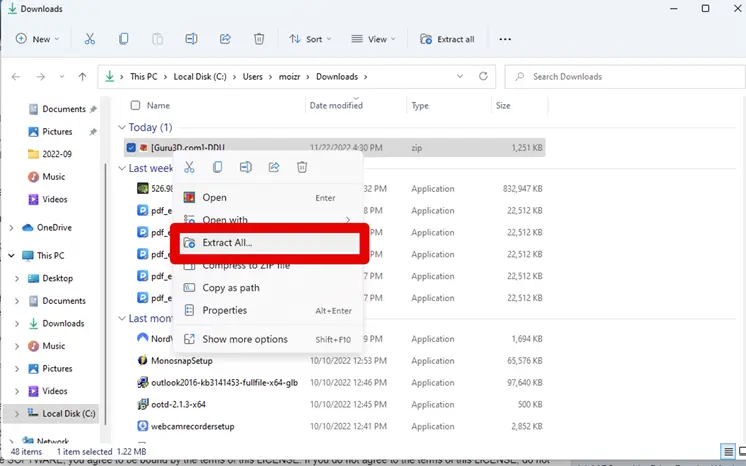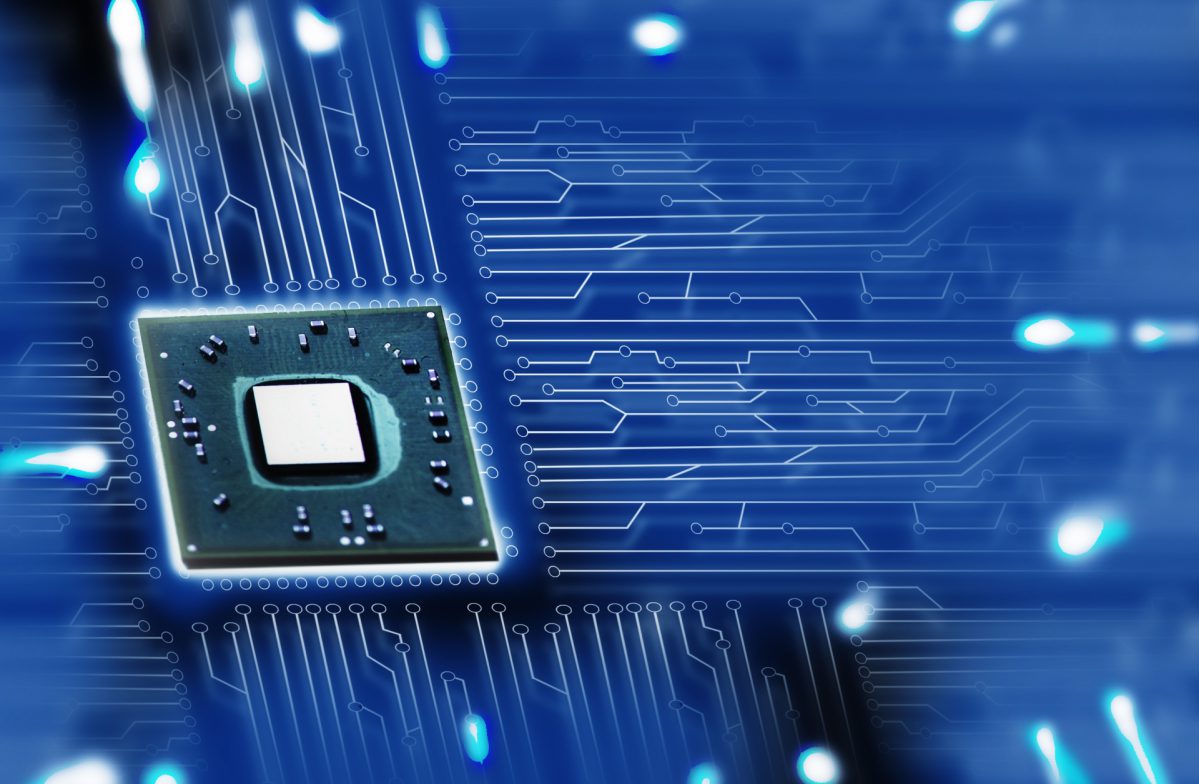Modern graphics cards (GPUs) are powerful, but sometimes they run into problems — black screens, display glitches, or game crashes. If you’re facing these issues, doing a GPU reset can help fix them without needing to restart your entire computer or reinstall your system.
In this full guide, you’ll learn:
- What GPU reset really means
- Signs that your GPU needs a reset
- Step-by-step methods to reset your GPU
- How to reset GPU drivers, settings, and hardware
- Pro tips to avoid future problems
Let’s get started!
A GPU reset means restarting your graphics card’s driver and settings. It helps fix small issues like screen flickering, no display, or random crashes, especially while gaming or using apps like Photoshop or Premiere Pro.
It’s a fast and safe way to refresh your GPU without restarting your PC or removing the graphics card.

If you’re experiencing any of the problems below, a GPU reset might help:
- ❌ Black screen when launching games
- ❌ Screen freezes or flickers randomly
- ❌ Slow or laggy gameplay
- ❌ GPU is not detected after system wake-up
- ❌ Errors like “Display driver stopped responding”
- ❌ Monitor shows “No Signal” after sleep mode
These issues are often related to software glitches, driver crashes, or temporary hardware conflicts — and a reset can fix them quickly.
This is the fastest way to reset your graphics driver without closing apps or losing work.
Press: Windows + Ctrl + Shift + B
What happens:
- The screen will go black for 1–2 seconds
- You’ll hear a short beep
- The GPU driver will restart
This shortcut works in Windows 10 and Windows 11 for both NVIDIA and AMD GPUs. It’s very useful when your display freezes or stutters randomly.
If the shortcut doesn’t fix your issue, try a full system reboot.
- Close all apps
- Restart your PC
- Check if the GPU is working normally again
A reboot resets your GPU, RAM, and other system drivers together.
Outdated or corrupted GPU drivers are the #1 cause of graphics issues. A clean driver reset often solves the problem.
- Uninstall your current driver
- Use Display Driver Uninstaller (DDU) in Safe Mode
- This removes leftover files that may cause conflicts
- Use Display Driver Uninstaller (DDU) in Safe Mode
- Restart your PC
- Install the latest driver from the official website:
- For NVIDIA: www.nvidia.com
- For AMD: www.amd.com
- For NVIDIA: www.nvidia.com
- Restart once more after installation
💡 You can also use GeForce Experience or AMD Adrenalin Software to handle updates automatically.
If you’ve overclocked your GPU or changed advanced settings, this can cause problems. Resetting to default may fix instability.
- Right-click desktop → NVIDIA Control Panel
- Go to Manage 3D Settings
- Click Restore Defaults
- Open AMD Adrenalin Software
- Go to Settings → Preferences → Factory Reset

If nothing else works and your GPU still causes issues:
- Turn off your PC and unplug it
- Open the side panel
- Remove the GPU carefully from the PCIe slot
- Check for dust or bent pins
- Clean the contacts gently and reinstall the card
- Plug in all power cables properly
⚠️ This is only recommended if you’re comfortable handling PC hardware.
- The GPU driver restarts
- Graphics memory (VRAM) is refreshed
- Display settings may reload
- Glitches, black screens, or stutters often stop
There is no data loss — your files, apps, and system stay safe.
To keep your GPU healthy and stable, follow these tips:
- ✅ Keep drivers updated regularly
- ✅ Avoid extreme overclocking
- ✅ Use a good PSU with enough wattage
- ✅ Keep your GPU clean and well-cooled
- ✅ Use surge protection to avoid power issues
- ✅ Don’t ignore signs of overheating (monitor temps)
A GPU reset means restarting your graphics card’s driver to fix display or performance issues.
No, it only resets the graphics system. Your files and games stay safe.
On Windows, press Windows + Ctrl + Shift + B to reset the GPU instantly.
That’s normal. The screen flashes black while the GPU restarts, then comes back.
If your screen flickers, freezes, or shows no signal, a GPU reset might help.
Yes, it’s safe and built into Windows to fix graphics issues.
Sometimes, yes — especially if the problem is caused by a driver error.
Not always. But if it happens often, try updating your drivers or checking your hardware.
A GPU reset is a smart, easy fix when your PC is showing graphics problems. Whether you’re gaming, editing, or just browsing — it can solve flickers, crashes, and black screens in seconds. Start with the Windows shortcut method. If that doesn’t work, update drivers or reset GPU settings. Only go for hardware-level resets if you’re sure your GPU is properly installed. Keep your system clean, your drivers fresh, and your temps cool — and your GPU will run smoothly for years!
- The Importance of Professional Car Body Repair and Maintenance in Switzerland!
- Why Professional Plumbing and Water Heater Services Are Essential for Every Home?
- Thca Flower And Cbd Products: A Complete Guide For Wellness And Relaxation!
- How Gamers Can Overcome Multiplayer Problems with Cheats and HWID Spoofers?
- The Future of Direct Mail: Why You Should Consider Direct Mail Agencies for Your Marketing Needs
